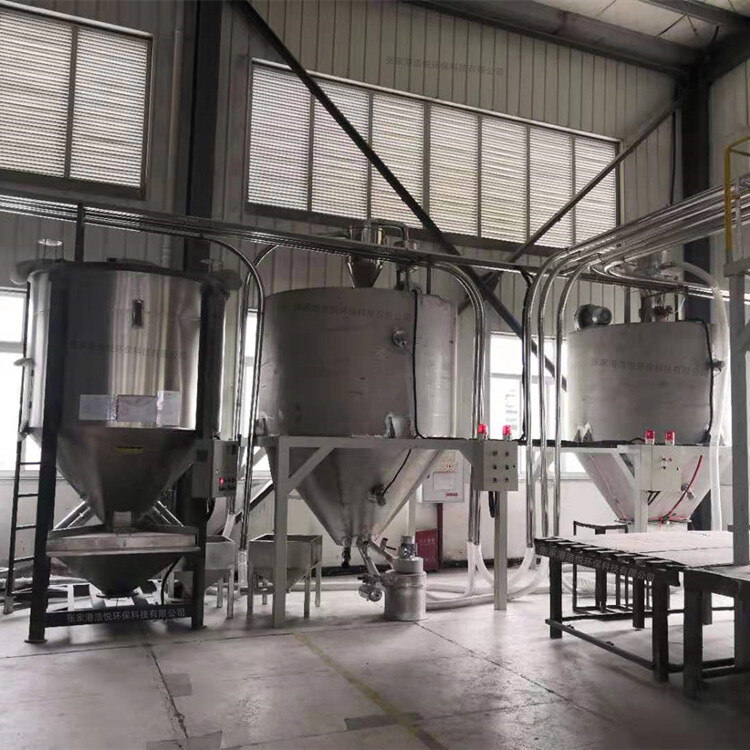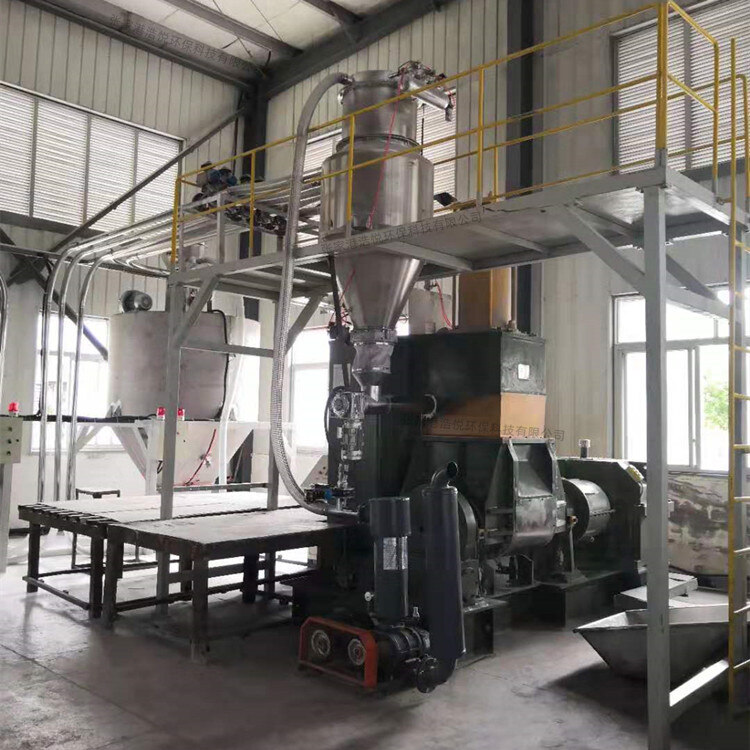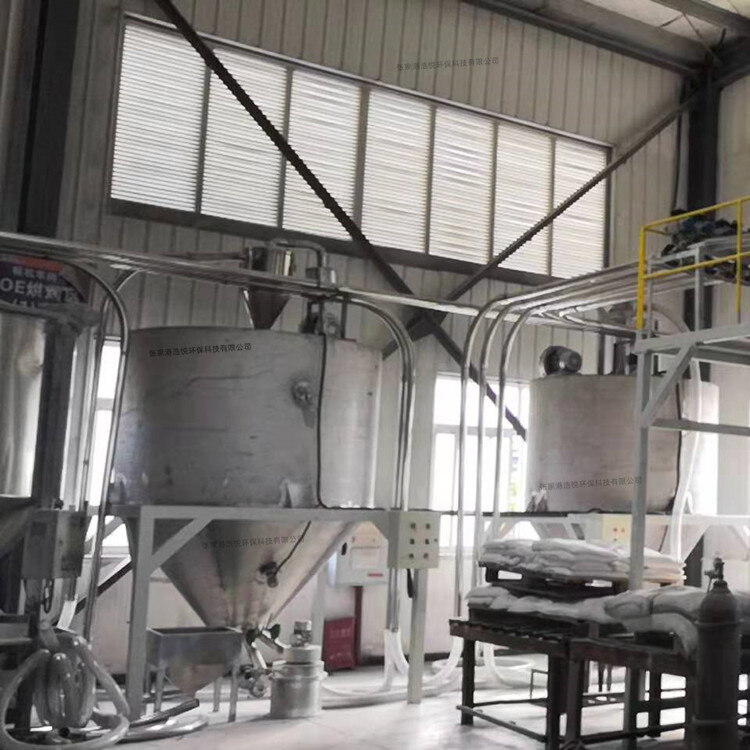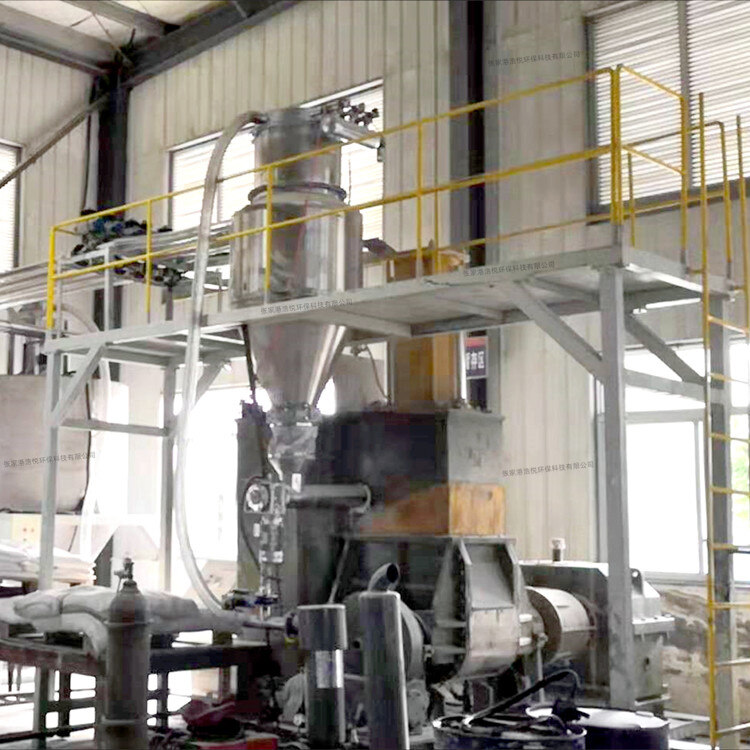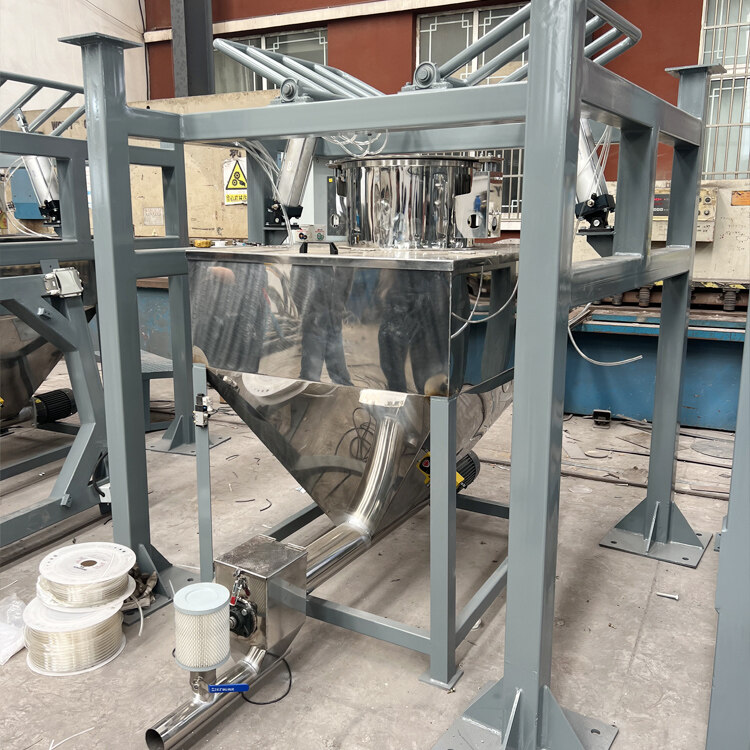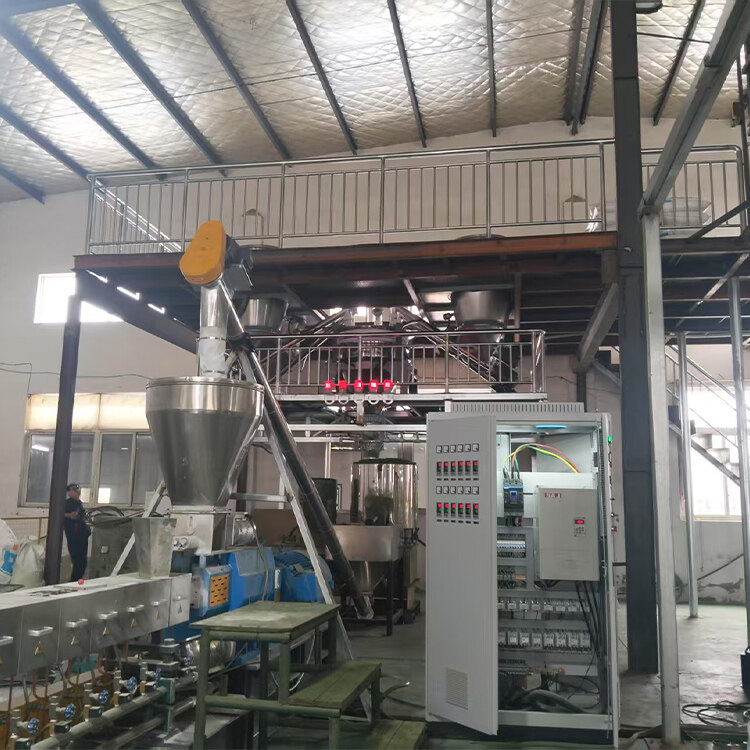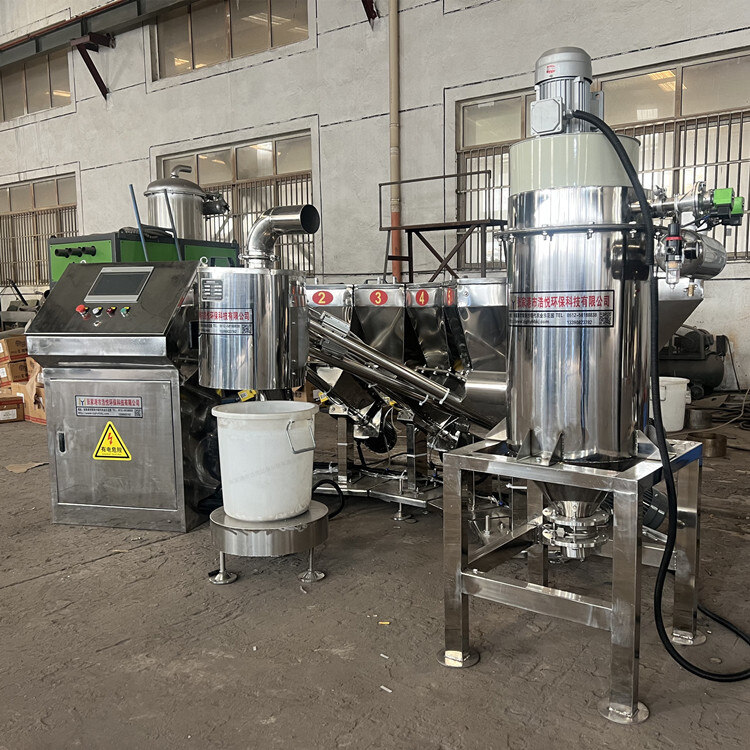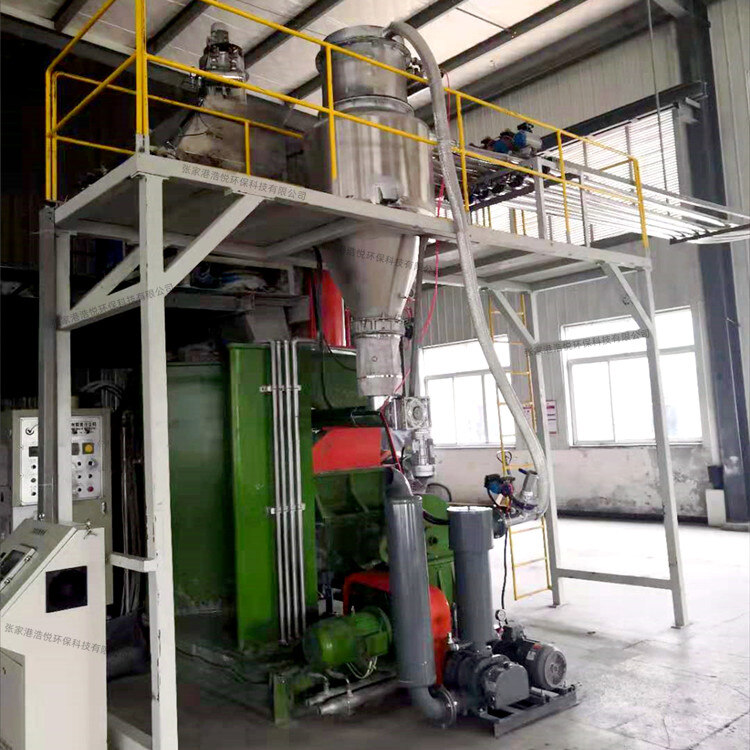- Introduction to automatic batching machine and fully automatic batching machine equipment
- The powder metering system tells you about the introduction of the mixing and drying machine
- 1000kg vacuum feeding machine
- Fully automatic small material batching system
- Research on Innovation of Automatic Weighing Machine Technology
- Design and operation of automatic batching system using PLC, industrial computer and frequency converter
Vacuum measurement and weighing
- Category:other
- Hits:137次
- Release Date:2025-06-23
- Share:
- Inquiry
- Details
1、 System working principle
The vacuum weighing system is based on the special properties of the vacuum environment, and uses a vacuum pump to extract the air inside the sealed chamber, forming a negative pressure environment (usually within the pressure range of 10 ⁻³ -10 ⁻⁵ Pa). In this environment, the influence of external gas buoyancy, humidity, oxidation, and other factors on materials is greatly reduced, and weighing sensors can more accurately obtain the true weight of materials. The system monitors the vacuum degree inside the cavity in real time through pressure sensors, and combines high-precision weighing sensors (such as strain gauges and capacitive sensors) to collect weight data. After processing by PLC or computer control systems, it achieves accurate measurement and control of materials.
2、 Core components
Vacuum chamber: Made of stainless steel material (such as 304 or 316L), it has good sealing and strength, and can withstand external atmospheric pressure. The cavity design includes observation windows, material inlet and outlet, vacuum interface and other structures for easy operation and monitoring.
Vacuum pumping system: composed of vacuum pumps (such as rotary vane pumps, molecular pumps, turbo molecular pumps), vacuum valves, pipelines, etc., it can quickly pump the chamber to the target vacuum degree and maintain a stable vacuum environment.
Weighing unit: High precision weighing sensors are the core components, with an accuracy of up to one ten thousandth to one hundred thousandth of a gram (such as 0.1mg/0.01mg level). The sensor is fixed to the vacuum chamber through a sealed connection to ensure that the weighing process is not affected by the vacuum environment.
Control system: Integrated PLC controller or industrial computer, combined with dedicated software to achieve parameter settings (such as vacuum degree, weighing range, measurement accuracy), data acquisition and processing, and alarm functions. The system can display real-time weight data, vacuum degree values, and generate historical record reports.
Auxiliary devices: including vacuum pressure gauges, vacuum gauges, heating/cooling devices (used to control material temperature), dust removal systems (to prevent dust pollution in the vacuum environment), etc., to ensure stable operation of the system.
3、 Technical advantages
High precision measurement: The vacuum environment eliminates interference factors such as gas buoyancy, humidity, and oxidation, significantly improving measurement accuracy, especially suitable for weighing trace materials ranging from micrograms to grams.
Anti oxidation and moisture-proof: isolate the air, effectively prevent material oxidation, moisture absorption, or chemical reactions with components in the air, protect material characteristics, suitable for sensitive materials such as active metal powders and pharmaceutical intermediates.
Clean production: The vacuum environment reduces dust diffusion, avoids material cross contamination, and meets the strict requirements for cleanliness in industries such as medicine and electronics.
Automated control: It can be linked with upstream feeding equipment, downstream packaging or processing systems to achieve full process automation of material measurement, transportation, and packaging, improving production efficiency.
4、 Application scenarios
Pharmaceutical industry: used for weighing active ingredients, catalysts, and excipients in drug research and production to ensure formula accuracy; In the production of sterile drugs, maintain a vacuum clean environment to prevent drug contamination.
Electronics industry: Accurately measure high-purity metal powders (such as silver powder, copper powder), electronic pastes, etc. in semiconductor manufacturing to avoid oxidation affecting product performance; In the production of lithium batteries, it is used for weighing positive electrode materials and electrolyte additives to ensure the stability of battery quality.
New material research and development: In the research and development process of nanomaterials, superconducting materials, special alloys, etc., high-precision weighing of trace raw materials is carried out to ensure the reliability of experimental data.
Aerospace: Weigh environmentally sensitive materials such as aerospace fuels and special coating materials to ensure product quality and safety.
5、 Development Trends
Higher precision and intelligence: Develop higher sensitivity weighing sensors and vacuum technology, optimize measurement strategies with AI algorithms, and achieve adaptive calibration and error compensation; Realize remote monitoring and fault warning of devices through IoT technology.
Modularization and Customization: Develop modular components to support users in flexibly combining vacuum chambers, weighing units, and control systems according to their needs, meeting diverse production scenarios; Provide customized solutions that are suitable for special materials and process requirements.
Energy saving and environmental protection: Improve the energy efficiency of vacuum pumps, adopt low-power sensors and intelligent control systems, and reduce equipment operating energy consumption; Optimize vacuum chamber design, reduce pumping time, and improve production efficiency.
The vacuum weighing system, with its unique technological advantages, plays an irreplaceable role in high-end manufacturing and scientific research fields. With the continuous advancement of technology, this system will develop towards higher precision, intelligence, and greenness, providing strong support for innovation and development in various industries.


